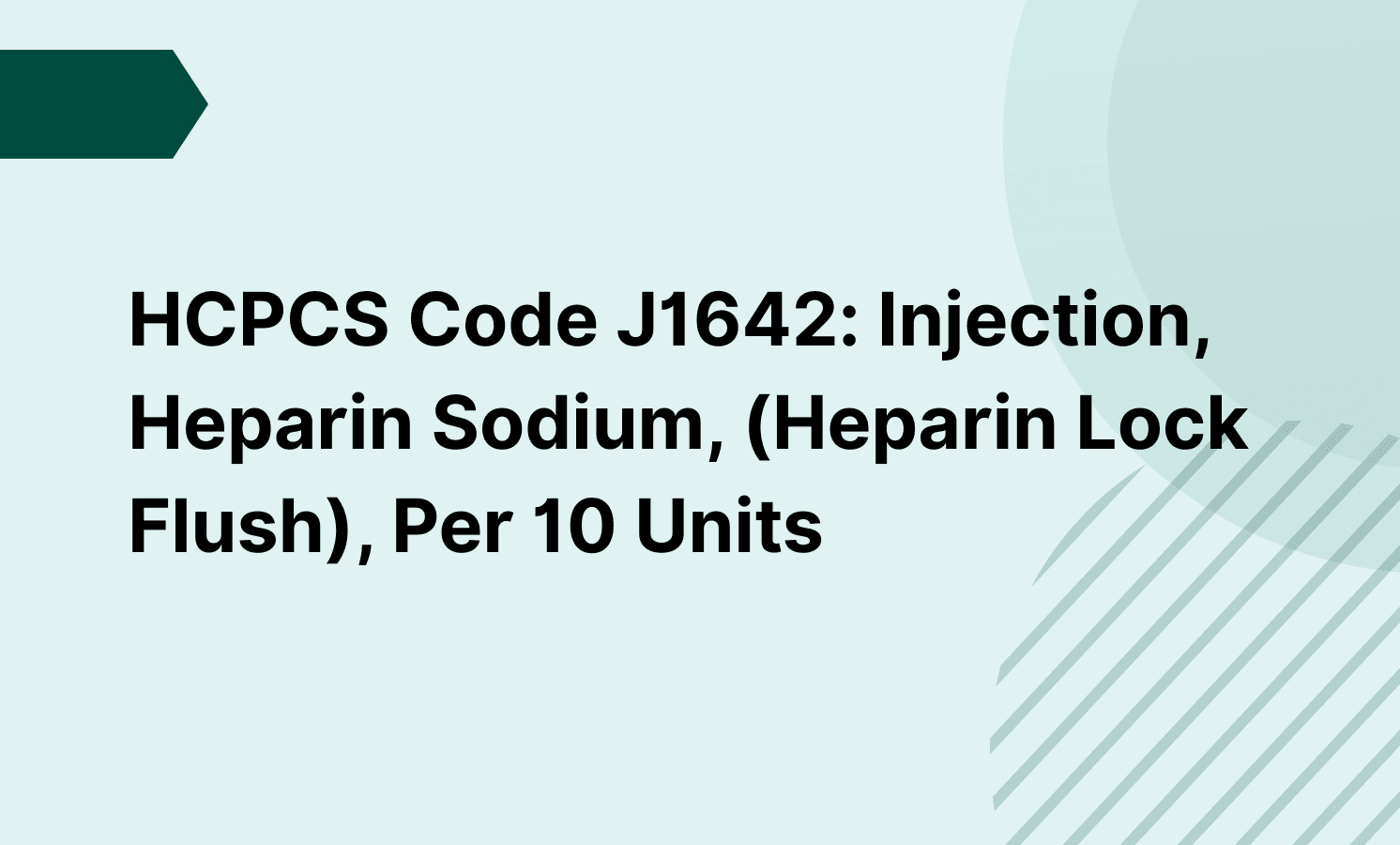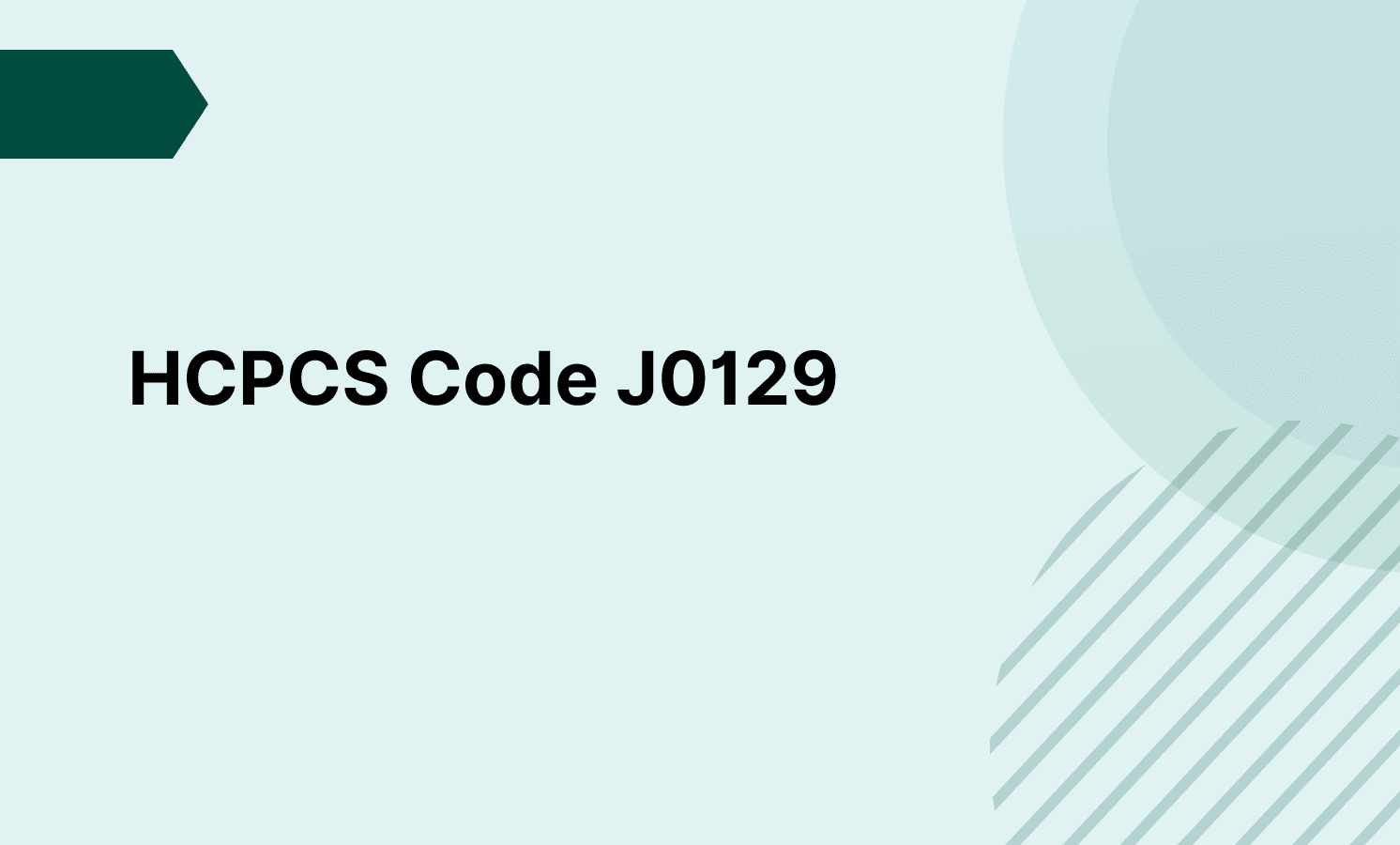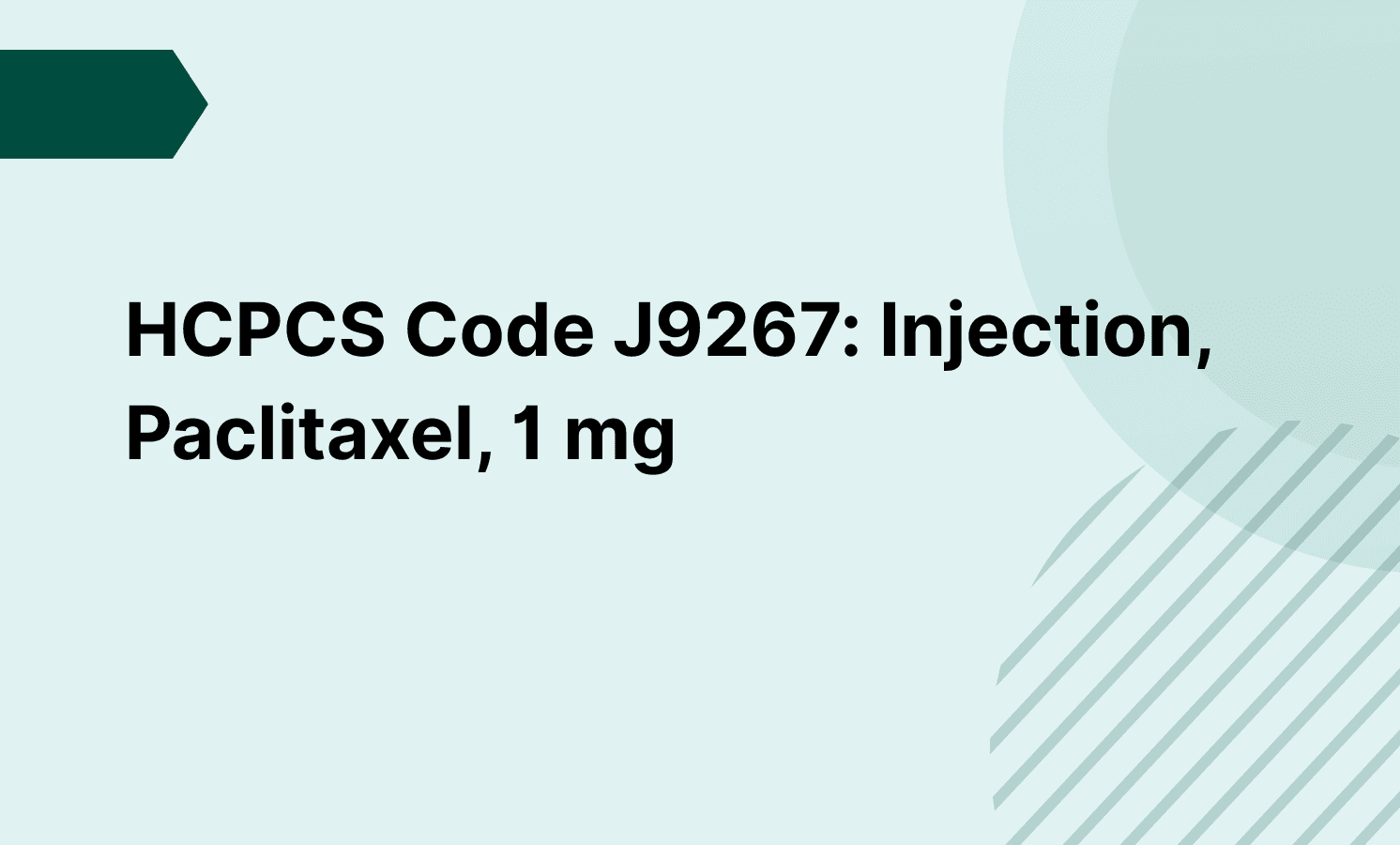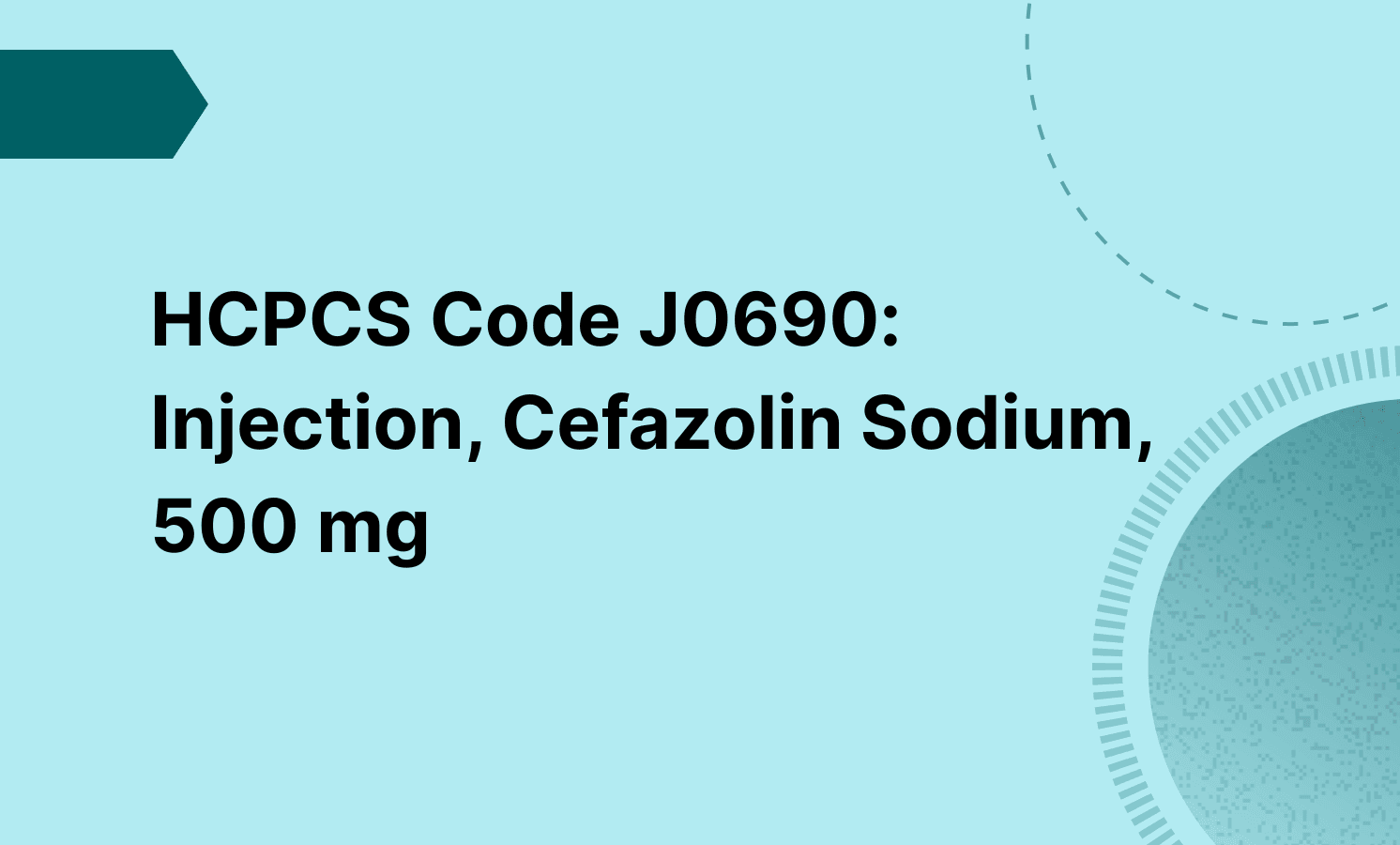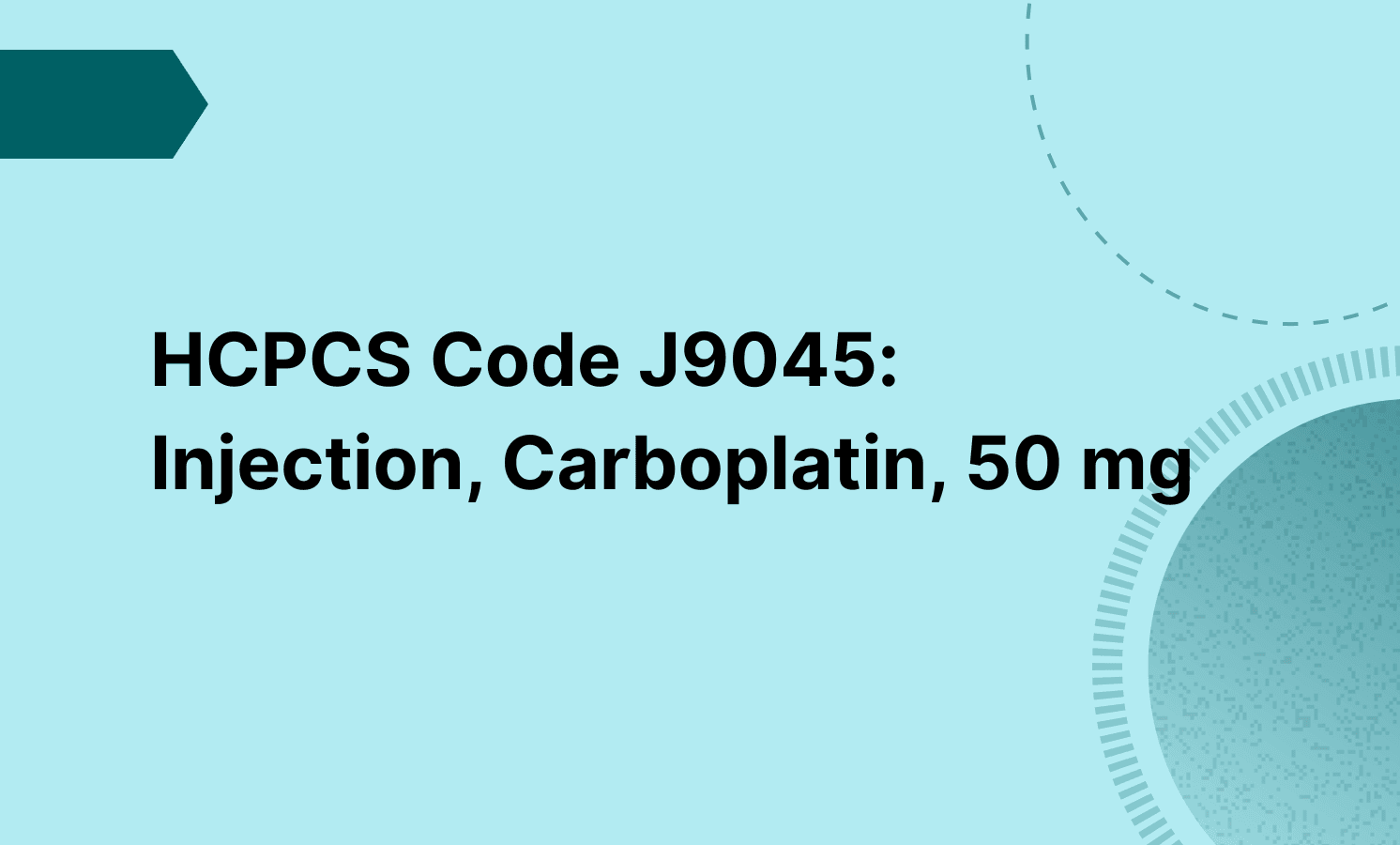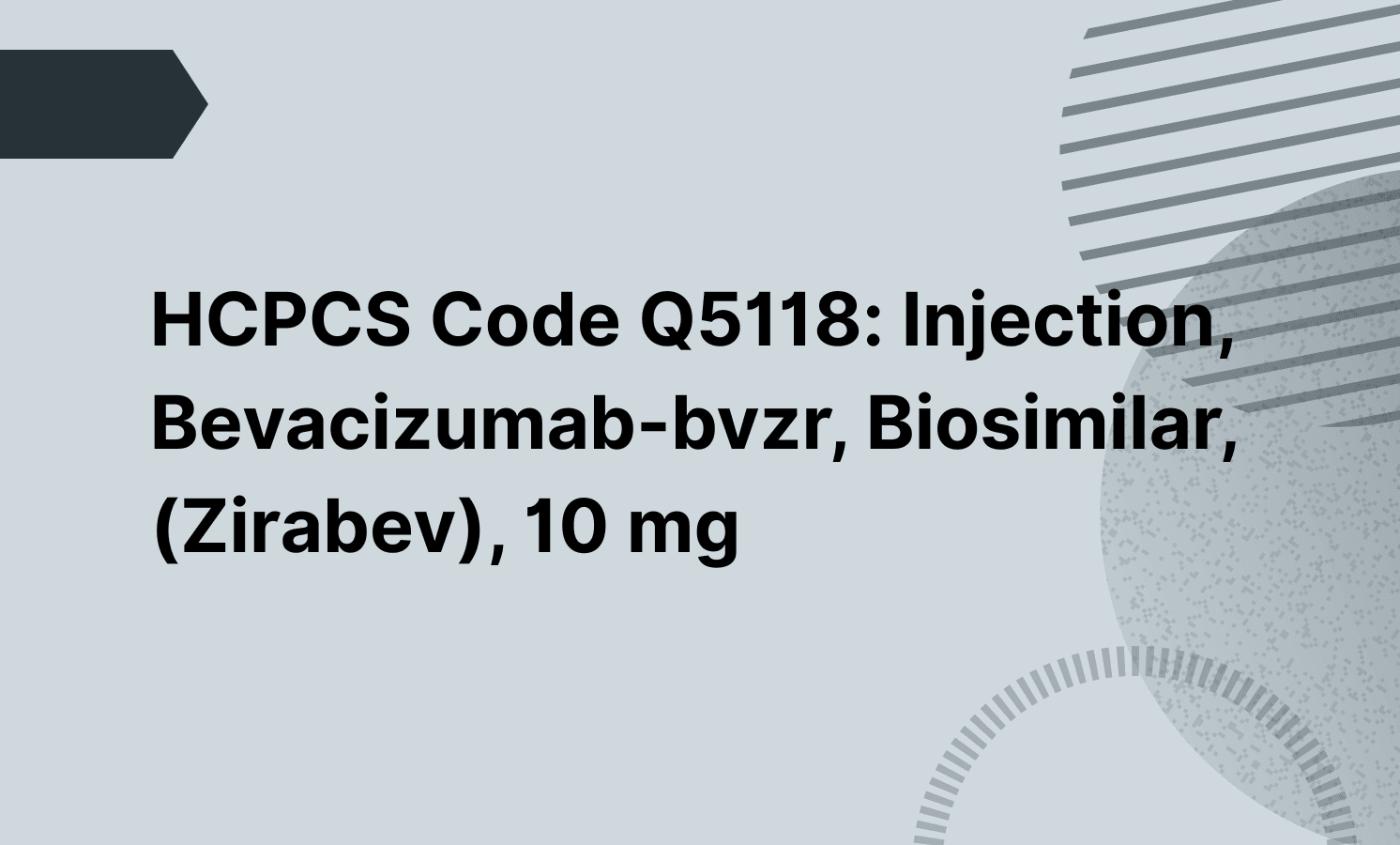Yes, if a separately identifiable evaluation and management (E/M) service is performed independently of the biopsy, you may report both services during the same encounter. Apply Modifier -25 to the E/M code to indicate that the office visit was separate from the procedure and medically necessary. This is common when family physicians evaluate a new or unrelated issue before performing the tangential biopsy.

CPT Code 11102: Tangential Biopsy of Skin; Single Lesion
Learn the code description, billing guidelines, and documentation tips for CPT code 11102: tangential biopsy of a single skin lesion for diagnostic purposes.
Frequently asked questions
No, CPT code 11102 does not include pathology. If tissue is submitted for examination, bill it separately using the appropriate pathology code, such as 88305. This should be reported separately from the biopsy code and supported by accurate documentation.
If the entire lesion is intentionally removed, the procedure is considered a shave removal or excision, not a biopsy. Use excision codes (e.g., 11400–11471) when removal is complete and the intent is therapeutic, rather than diagnostic. This ensures correct code-based billing and compliance with Medicare contractors and payer policies.
EHR and practice management software
Get started for free
*No credit card required
Free
$0/usd
Unlimited clients
Telehealth
1GB of storage
Client portal text
Automated billing and online payments

